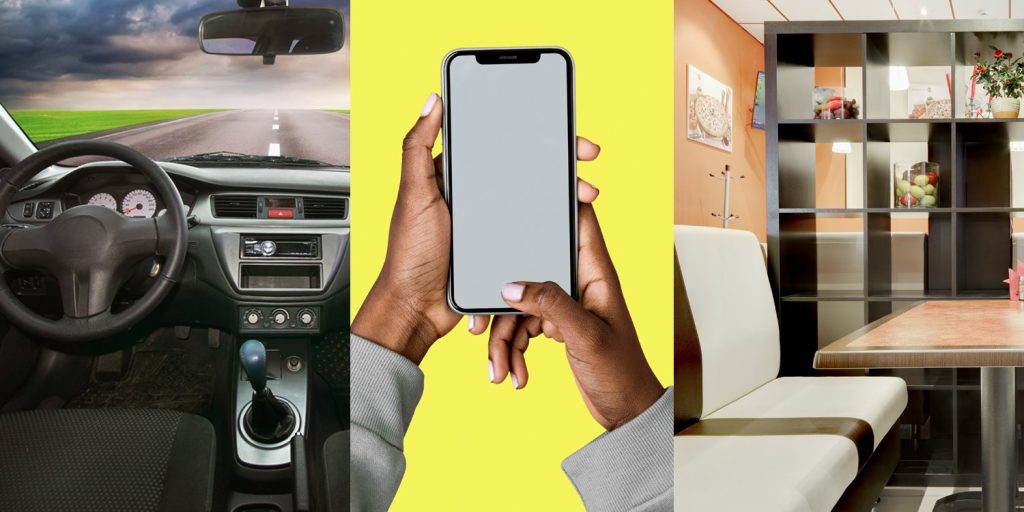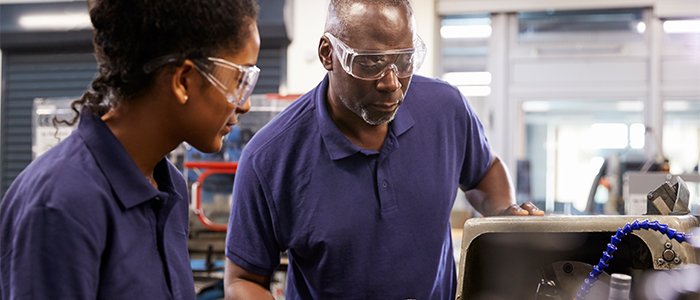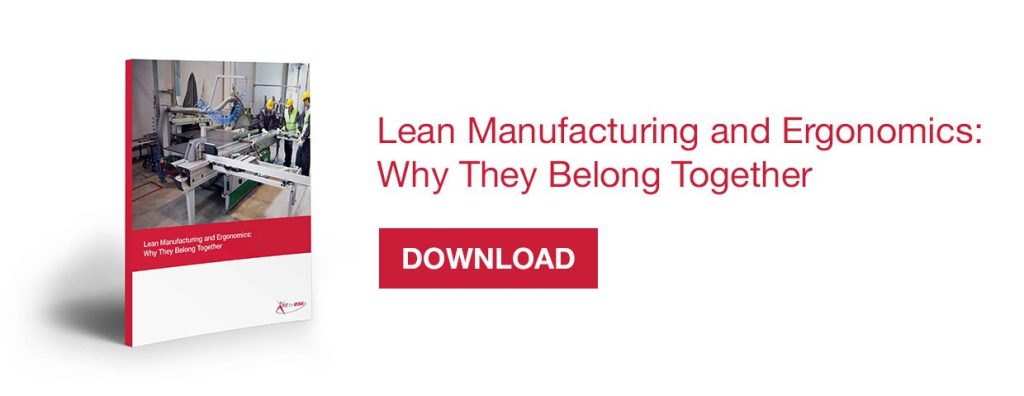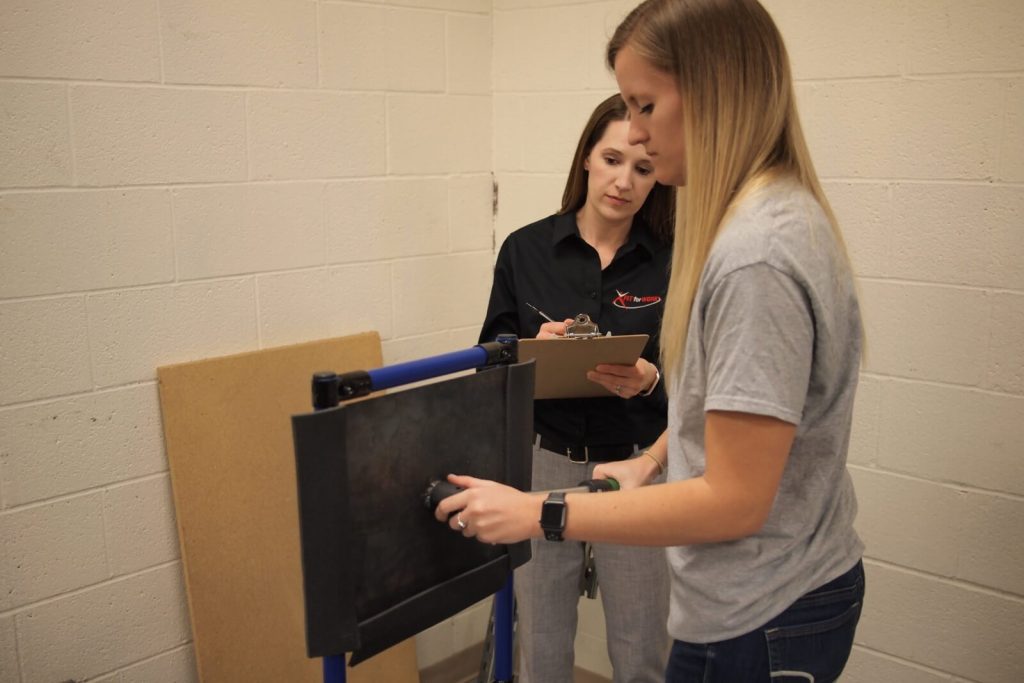Ergonomics is a multidisciplinary science well known for helping optimize systems and human performance in industrial and professional settings. But what’s not as well known is that its applications extend far beyond the workplace.
Ergonomics can be found just about everywhere in the modern world, where various mechanisms, activities, and processes we experience every day but rarely think about are shaped for the benefit of everyone.
Here are six lesser-known areas ergonomics is put to work to provide a safer, more comfortable, and more productive experience within the everyday world.
1. Automobiles
Cars are filled with moving parts and are also moving parts themselves, making safety and ease of use extremely important to their design. Because of this, the shape and placement of automobile components are determined using the science of ergonomics to ensure automobiles are as safe and easy to use as possible for every driver and passenger.
Consider the adjustability of many key components within an automobile:
- The steering wheel can be adjusted based on desired height, angle, and distance from dashboard and driver.
- Seats can be adjusted based on desired height, angle, and distance from dashboard and driver.
- Mirrors on both sides and in the center can be adjusted to optimize neck comfort and visibility.
- Vents can be adjusted to optimize airflow and direction.
Beyond the many adjustable components of modern cars, instrument layout is also determined based on safety, comfort, and usability, providing easy access to the car’s most often used features (music and radio, navigation system, A/C control, and so on). Gauges are also placed such that they are readily visible without requiring the driver to take their eyes far from the road for very long.
2. Furniture in public settings
Furniture in public settings has also been designed to have a specific impact on clientele – and the nature of this design depends on the setting and on the outcome ownership hopes to achieve.
In fast food restaurants, for example, furniture is often hard and relatively uncomfortable in order to discourage loitering and to increase customer turnover. The hope is that with less comfortable furniture, customers will be more likely to eat, leave, and open space for more paying diners.
In higher-end restaurants and other venues like casinos, however, furniture is often more comfortable to go along with a more pleasant ambiance in general. These spaces welcome you to stay and to continue spending money. In casinos, clocks and windows are often even removed from the environment to encourage you to lose track of time and to keep on gambling.
3. Public restrooms and drinking fountains
There’s a reason all public restrooms and drinking fountains look essentially the same – they’ve been designed based on anthropometric data and on ADA-compliant design criteria. What these spaces typically lack in adjustability they make up for in uniformity, capably serving the majority of the population regardless of size or shape.
Features like countertop height, urinal and toilet height and width, and stall dimensions are all determined with the help of ergonomics.
4. Tool handles
While more closely related to industrial workplace settings, tool handles are also designed to allow human operators to utilize an optimally comfortable and effective grip – known as a power grip – that enables productivity with a neutral wrist posture.
In the case of tools intended to be used on vertical surfaces, a pistol grip handle is typically used, which is beneficial where force is exerted in a straight line in the same direction as the straightened forearm or wrist.
For tools intended to be used on horizontal surfaces, inline handles are typically used, performing well where force is exerted perpendicular to the straightened forearm or wrist.
5. Portable handheld electronics
Many of the devices we use everyday have also been designed with ergonomics as a leading factor. First and foremost is the device we use more than any other – our smartphones.
Cell phones have evolved over time, but competing brands have always followed roughly the same trends in term of design and usability. As the field of ergonomics has grown, we’ve been able to optimize our devices to be more comfortable and easy to use.
For smartphones, this has meant a taller, narrower touchscreen with easily accessible volume and lock buttons on either side and either a centrally located home button or no home button at all in the case of some newer phones.
Video game controllers are also ergonomically designed to follow a similar pattern. Most feature two joysticks and button pads for the thumbs and bumpers up top for the fingers. The result has been a wide selection of controllers that are comfortable to hold and fairly easy to use.
6. Airplanes
While airplane seating isn’t often thought of as being particularly comfortable, it could certainly be much worse without ergonomics – especially when you consider all the factors at play.
- The number of people on the aircraft
- Storage space for luggage
- The ability to have in-flight climate control, entertainment, refreshments, restrooms, and other amenities
The fact that we’re able to endure flights around the world lasting upwards of 12 hours without sustaining serious discomfort or frequent soreness is a marvel of modern ergonomics.
Create a safer, more productive workforce with help from Fit For Work
Fit For Work is an industry leader in industrial ergonomics. With decades of experience and a passionate team of Certified Professional Ergonomists (CPEs), we are here to deliver a turnkey strategy uniquely tailored to your organization.
Contact us today to learn more about an ergonomics program designed to increase the safety, morale, and productivity of your employees.





